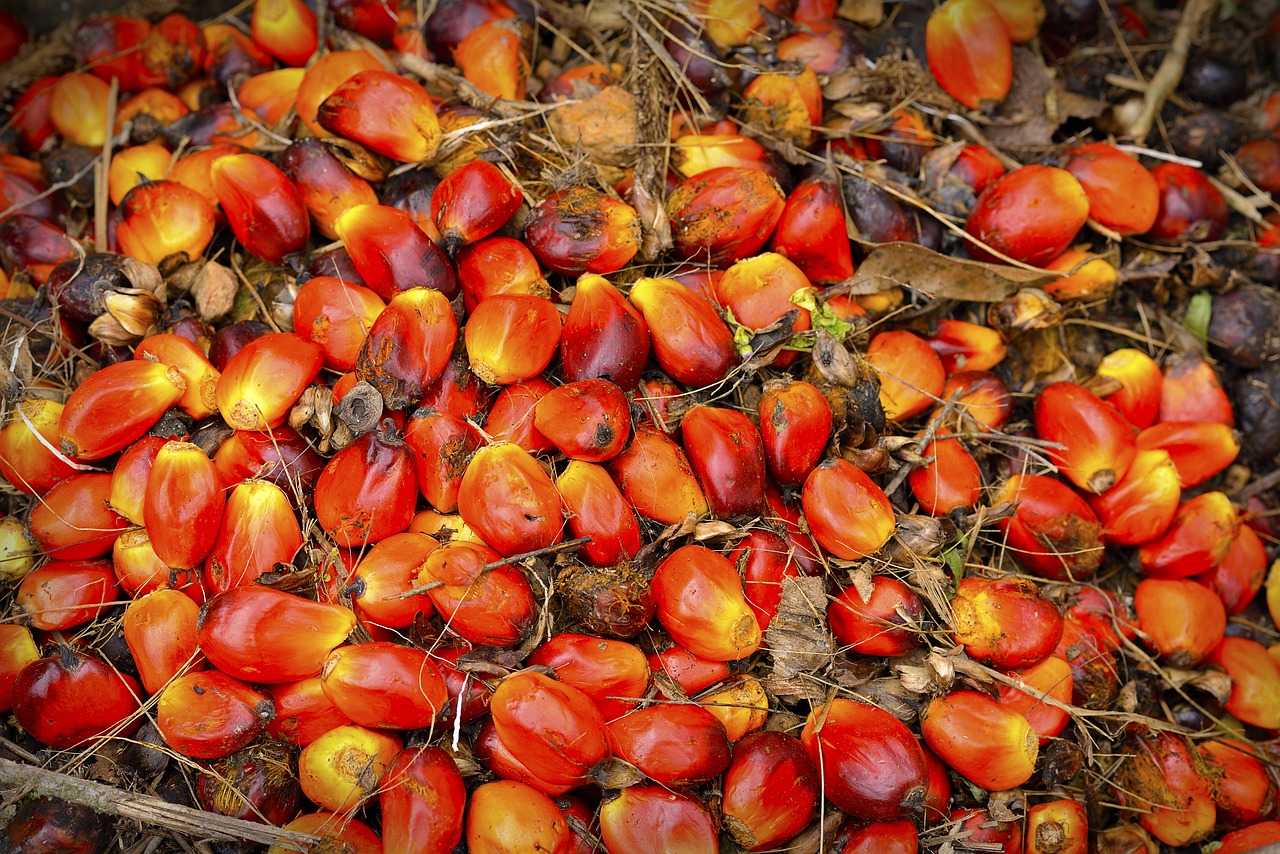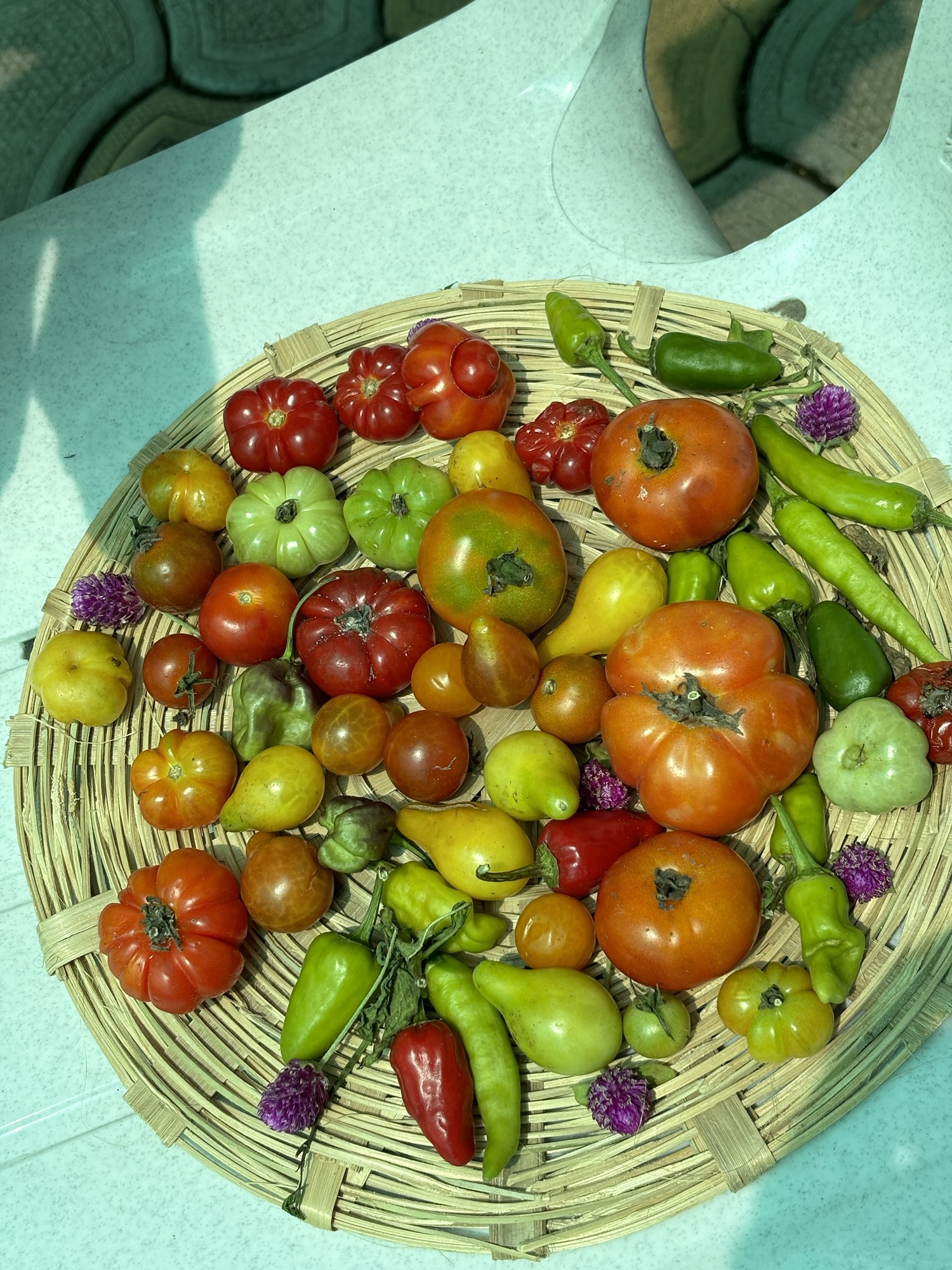India’s edible oil landscape is at a crossroads as palm oil imports rebound sharply, exposing deep vulnerabilities in the nation’s food system. While recent policy moves have brought short-term economic relief, experts warn that the country’s overdependence on palm oil threatens local crop diversity, nutritional health, and long-term self-sufficiency.
Record Imports After Duty Cuts
In May 2025, India’s palm oil imports soared by 84% month-on-month, hitting a six-month high at 592,888 metric tons. This spike followed the government’s move to halve the basic customs duty on crude edible oils to 10%, a bid to lower food inflation and support domestic refiners.The price advantage of palm oil over soyoil and sunflower oil prompted refiners to ramp up purchases, with projections for June suggesting imports could reach 850,000 tons. For context, India averaged more than 750,000 tons of palm oil imports monthly in the marketing year ending October 2024.
Yet, this surge follows a period of volatility. In April 2025, palm oil imports had plunged by 24% to 321,446 metric tons, marking five consecutive months below normal levels as soyoil became more price-competitive. The rebound in May underscores how quickly Indian buyers respond to price signals and policy changes.
Economic and Trade Implications
India, the world’s largest edible oil importer, now sources nearly 59% of its edible oil imports as palm oil, primarily from Indonesia and Malaysia. The annual palm oil import bill exceeds $15–17 billion, exposing the country to global price swings and supply disruptions. While duty cuts have eased consumer prices and helped processors, they risk widening the trade deficit and reducing government tariff revenues.
Moreover, Nepal’s tax-free edible oil exports under SAFTA are increasingly re-exported to India as refined products, further complicating the trade landscape.
Threats to Local Oil Diversity and Self-Sufficiency
India’s reliance on palm oil has marginalized traditional oilseeds like mustard, groundnut, sesame, and coconut. This shift erodes regional crop diversity and undermines the livelihoods of millions of smallholder farmers. The country, once nearly self-sufficient in edible oils, now imports over 60% of its needs 13–16 million tons annually. Domestic production stagnates, with oilseed yields lagging behind global leaders, and the NMEO-OP (National Mission on Edible Oil – Oil Palm) faces challenges due to oil palm’s four-year maturation period and high water demands.
Frequent policy swings, such as abrupt duty reductions, undercut domestic farmers, discouraging investment in oilseed cultivation and making India dangerously dependent on just two suppliers.
Nutrition and Dietary Homogenization
Palm oil is a neutral fat, not raising cholesterol and providing β-carotene, but its dominance is leading to dietary homogenization. As traditional, nutrient-rich oils are squeezed out, dietary diversity and associated micronutrient benefits are at risk, especially in urban areas. The shift away from region-specific oils reduces the variety of fatty acids and micronutrients available in Indian diets.
Environmental and Social Fallout
The push for palm oil, both imported and domestically cultivated, comes with severe environmental costs. Oil palm plantations require 150–300 liters of water per tree daily, straining local water resources. Large-scale monocultures threaten biodiversity, drive deforestation, and can cause soil erosion, especially in ecologically sensitive regions like Northeast India. Socially, expansion disrupts traditional farming systems and can displace tribal communities from ancestral lands. Small farmers face delayed returns due to oil palm’s long gestation and are often locked into contract farming arrangements with limited bargaining power.
Policy Contradictions and Innovation Gaps
While the government aims to boost domestic palm oil output to 3 million tons by 2030, import duty cuts make oilseed farming less attractive. Processing units require large contiguous areas, forcing smallholders into contract farming with single buyers, raising monopolistic risks. Meanwhile, India’s seed research lags behind global leaders, with domestic seedlings yielding 17–18 tons/ha compared to Indonesia’s 25 tons/ha.
The Way Forward: Policy Recommendations
- Revive Oil Diversity: Subsidize traditional oilseeds and integrate them into MSP schemes to ensure price parity and incentivize farmers.
- Boost Self-Sufficiency: Phase import duties inversely with domestic production growth and fast-track research on high-yield, climate-resilient oilseeds.
- Ecological Safeguards: Enforce water-use quotas and mandate biodiversity corridors in plantation zones to mitigate environmental damage.
- Protect Farmers: Guarantee fair and timely viability payments, decentralize processing units, and ensure transparent contract terms for smallholders.
Conclusion
India’s palm oil surge is a double-edged sword. While it offers short-term economic relief, it jeopardizes the nation’s agricultural diversity, nutritional security, and ecological health. Without urgent, holistic policy recalibration—balancing affordability with resilience and sustainability—the hidden costs of palm oil dependency may far outweigh its immediate benefits. The time to act is now, before economic expediency irreversibly erodes India’s food sovereignty and rural livelihoods.





